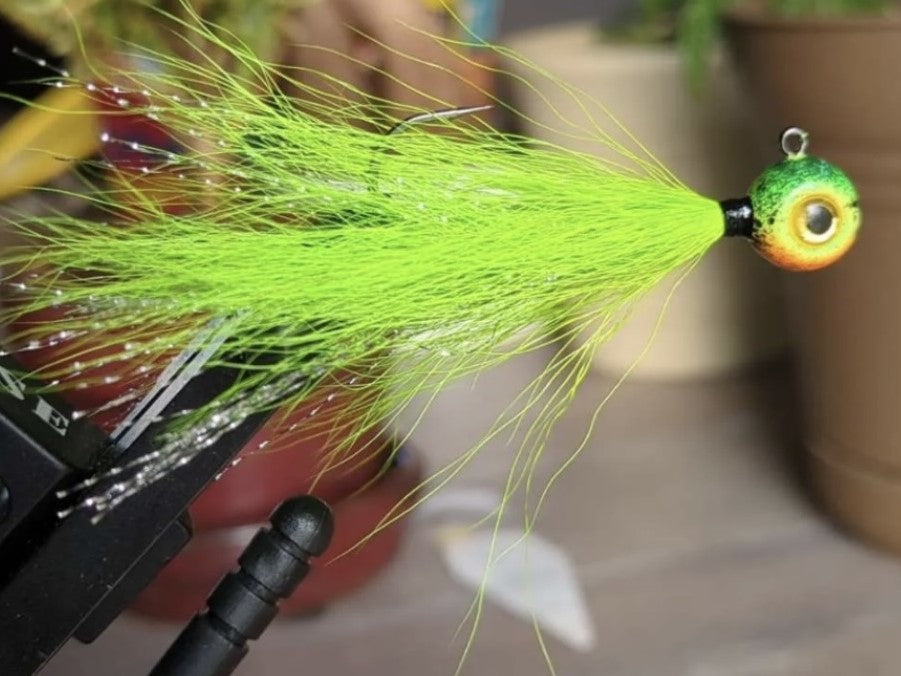Introduction
With river systems opening around Wisconsin and anglers itching to put the ice gear away and break out the boat it leads to some busy waterways and yes, hungry spring walleye. While I love jigging for that shallow water gold known by many as walleye, walters or marble eyes, there sure is something about breaking out those trolling rods the first couple times of the year and waiting for your planer boards to dump back. Before you launch the boat and get giddy for that first bite, there’s some preparation to be sure you’re successful once the boards are afloat. One thing to point out before we move forward as you will hear it a lot, the water is cold! We have water temperatures as low as 35 degrees when we start night trolling for the season, so these fish will push up shallow, turn off and go tight-lipped, and flat-out snap all in a matter of a few hours!
Gearing Up
While you hear guys going back and forth over their favorite setups and “go-to” combos for trolling walleye know this. THEY ALL CATCH FISH! Do your homework and gear up accordingly for the trip and once this is done, you will find yourself having even more fun with your friends and family as you net fish after fish. When I am trolling, I use a 6-line spread, with 7’ 10” Medium Heavy trolling rods for my outside boards, and 7’ MH for my middle and inside boards. I refrain from using rods over these lengths as it makes netting the fish more of a task, especially at night and I like to be as close as I can be to the person netting so we can communicate what needs to be done to land the fish. This rod is typically paired with a size 15 or 20 trolling reel that fits easily in my hand without adding extra bulk and weight to the combo, backed by a 10-pound big game monofilament.
Bait of Choice
Like anything else when you’re fishing, there are endless options that will catch fish, this is just my top choice from the arsenal for cold water trolling. I find myself doing a lot of scanning with the Humminbird prior to setting my lines. I want to know what depth these fish are at so I can ensure my lines are in the strike zone. In early spring walleye push into the shallows to feed at night meaning they can be found in anywhere from 6-8 feet of water, all the way up to 3 feet or less, so having a variety of baits that run different depths will drastically increase your catch rate.

If I target fish in 4 feet of water or less, I will run Rapala Husky Jerk 10’s and 12’s within about a foot of the bottom to ensure I am in the strike zone during my trolling pass. At times color patterns matter, and sometimes the fish flat out will eat just about anything down there. Some go-to colors here on the Fox River are going to be Firetiger, Green Tiger UV, and my new personal favorite called Voodoo Haze. These baits are all stock Rapala colors and can be found online or in most outdoor stores so long as their stock lasts! Along with these I do have some customs I will throw out there but like I said, when the bite is on you just can’t do any wrong in the spring with these aggressive walleyes as long as your bait is in the water.
There truly is something special about a Smithwick Perfect 10 in the spring, and if you’re not familiar with this staple stick bait, I recommend adding them to your tackle box right away. When I am trolling in +5 feet of water in spring, most of my spread is pulling P10’s within 2 feet of the bottom. With so many great stock colors to choose from and custom painters bringing any idea to life, you really cannot go wrong with any of the color variations on the market. Some of my go-to color options are 24 Carrot, Motion Sickness, and a few customs from Viper Custom Tackle such as Donk’s Spiked Lemonade or OC Stalker.
Setting Lines and Catching Fish
Anyone who has ever trolled before knows you need to set your lines to a depth, add a planer board, and get that thing away from the boat. I won’t be getting into lead lengths as it varies based on depth, current, and fish location within the water column, but what I will say is your best friend for anything trolling is the Precision Trolling App. This app is loaded with depth charts for hundreds of baits you buy individually so you know exactly where to set your lines to get your bait of choice where it's needed. Once you have your lines set and boards floating along, it’s time for some of that angler’s patience we all have as you wait for that first bite of the night. At times you won't have all lines in and you may hook up, other times it takes some tweaking of bait choice and speed to get these fish to bite.
Trolling speed in the spring can make or break your outing. It can be the difference between a relaxing night watching planer boards or chaos trying to keep up with all the boards going back as fish T-bone those crankbaits set perfectly. It is crucial to watch your graph's speed and ensure you stay in the sweet spot, which is usually about .6-.8 MPH with the water this cold. You want that crankbait diving to depth, and wobbling back and forth slowly in the current, giving these walleyes a dinner they can’t pass up. As the water warms up and fish turn to post-spawn, we will start to speed up toward 1 MPH and over, but for now, slow is the name of the game in everything we do from jigging to trolling these sometimes finicky fish ruling the spring rivers.

Hope this helps those of you struggling with spring trolling, until next time, tight lines and good luck!













